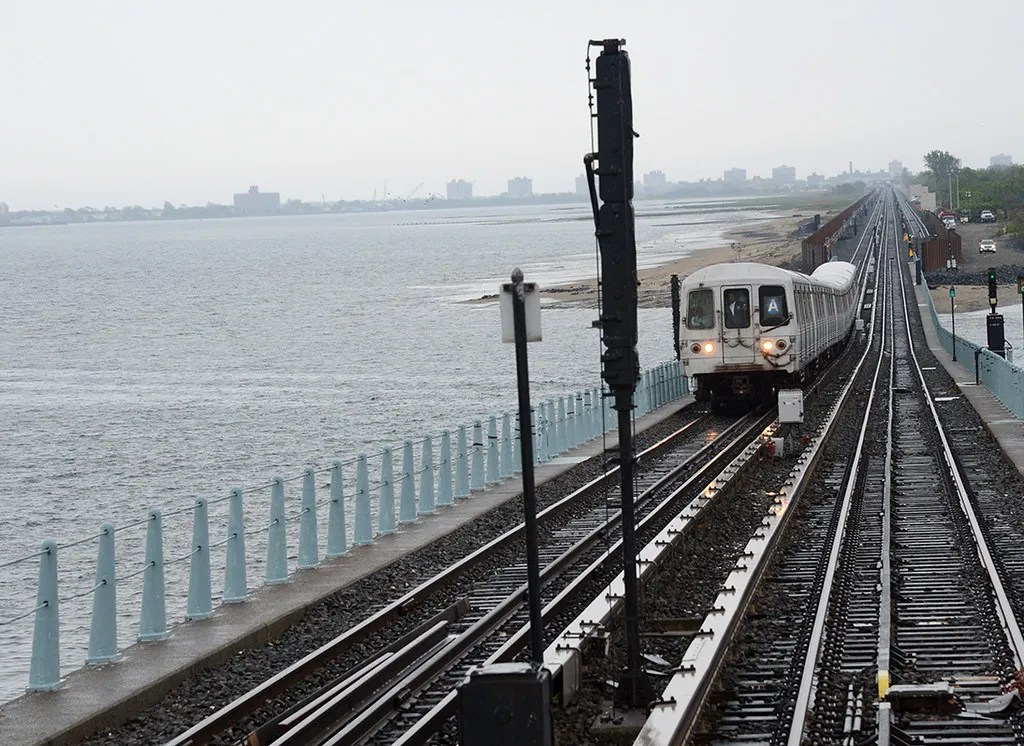This may seem like inside baseball, but when talking about powering New York City, you’ll often hear the term “dispatchable.” All it means is power our electric grid can call on quickly – whether it’s a power plant, a battery, or an array of solar panels – to respond to something like a heatwave. That is exactly why our region’s network of “peaker plants” are indispensable – they are essential to powering the grid, on demand, at times when no practical quantity of renewables or energy storage can.
While we can maintain reliability with cleaner technologies, the fact is that dispatchable plants are required to keep the lights on. As New York implements its plan for a 100% carbon-free electric grid, we can embrace the cleanest and most efficient forms of power that exist today.
Vocal opposition to these backup units has been in the news recently, with arguments that New York shouldn’t be updating or improving fossil fuel technology. However, it is entirely consistent with state policy to invest in new, cutting edge technology that is more efficient and has fewer emissions. We are not faced with a choice between renewables or natural gas; we clearly need both right now.
New York’s peaking units, which were built 50 and 60 years ago, are being forced into retirement in order to comply with state emissions requirements, and they must be replaced with newer, cleaner, and more efficient technology in order to meet the state’s renewable energy goals and effectively back up the grid of the future.
The replacement of older facilities with newer units will immediately improve air quality by increasing efficiency and lowering emissions – including nitrogen oxides, particulate matter, and carbon dioxide – while running on low-emitting natural gas. The new plants will utilize less fuel, and their ability to quickly turn on and off will enable the increased use of renewable energy while maintaining electric reliability.
New York City has a network of 16 peaker plants, and there are more than a dozen others scattered in Westchester County, the Lower Hudson Valley, New Jersey, and on Long Island. They’re only called into service when our grid is overloaded because demand is peaking – such as during extreme weather events like heat waves and cold snaps. In the future, these plants also will be called on as an essential backup to provide power during long periods of little or no renewable energy generation and when energy storage is depleted.
Climate change is the greatest challenge we face as a society, and New York State is seeking to meet that challenge by achieving certain milestones established in law: a zero-emitting electric system by 2040, and an economy-wide emissions decrease of 85% from 1990 levels by 2050. As a member of the New York State Climate Action Council – the group charged with crafting a plan for reaching those goals – I am committed to finding solutions to reduce emissions as rapidly and responsibly as possible.
The 2040 carbon-free goal looms large, and we also have the opportunity to modernize these backup units with technology that can be converted to run on renewable fuels, such as green hydrogen. This is a monumental step in the right direction. While we don’t have the infrastructure today to reliably deliver renewable fuels to New York City, we should absolutely be developing and investing in technologies now that can be ready when we reach that point.
The New York Independent System Operator (NYISO), which controls the region’s power grid, recently released a report that found that even if the electric sector can achieve 100 percent emissions-free power with 70 percent renewable energy generation, we still must have dispatchable generation. Currently, natural gas is the only technologically and economically viable fuel that is available to power dispatchable generation to reliably power homes, hospitals, and schools on demand.
Moving to a zero-emitting grid requires the long-term embrace of wind, solar, nuclear, storage, and dispatchable generation that captures carbon or utilizes carbon-free fuel. All solutions must be on the table because electric system reliability is paramount. As we diversify our system and work toward a more renewable-based grid, we must acknowledge that renewables are intermittent. In other words, the sun doesn’t always shine, and the wind doesn’t always blow. Keeping the lights on requires that electricity is available on demand, which is why we must have the correct technologies to backup renewable generation.
Gavin Donohue is the President and CEO of the Independent Power Producers of New York (IPPNY), and a member of the New York State Climate Action Council. Mr. Donohue has a wealth of experience in energy and environmental policy issues, and he previously served as Executive Deputy Commissioner for the New York State Department of Environmental Conservation. For more information, visit www.ippny.org.







































